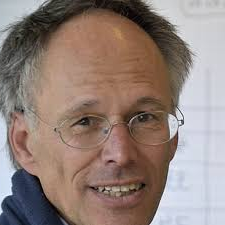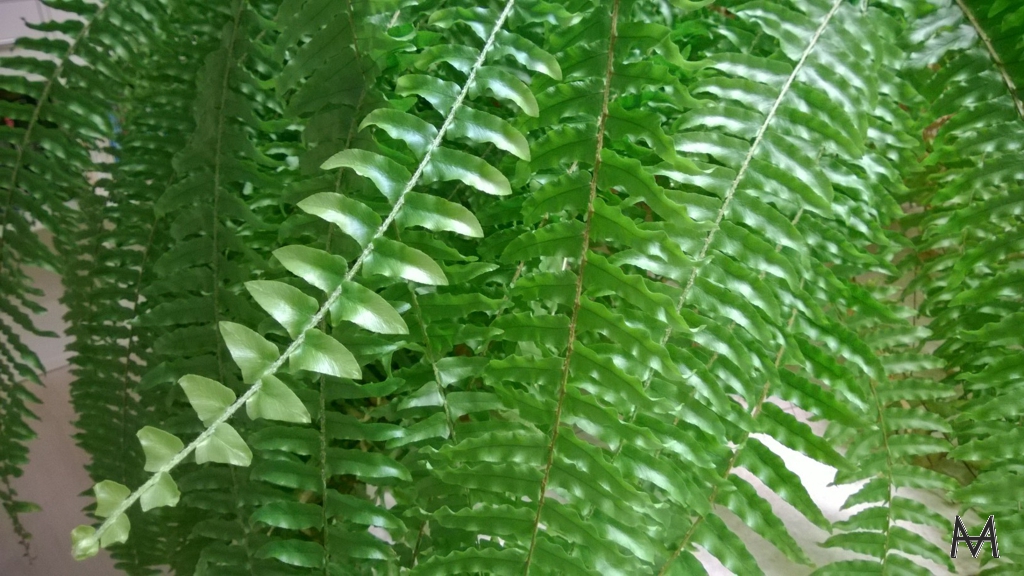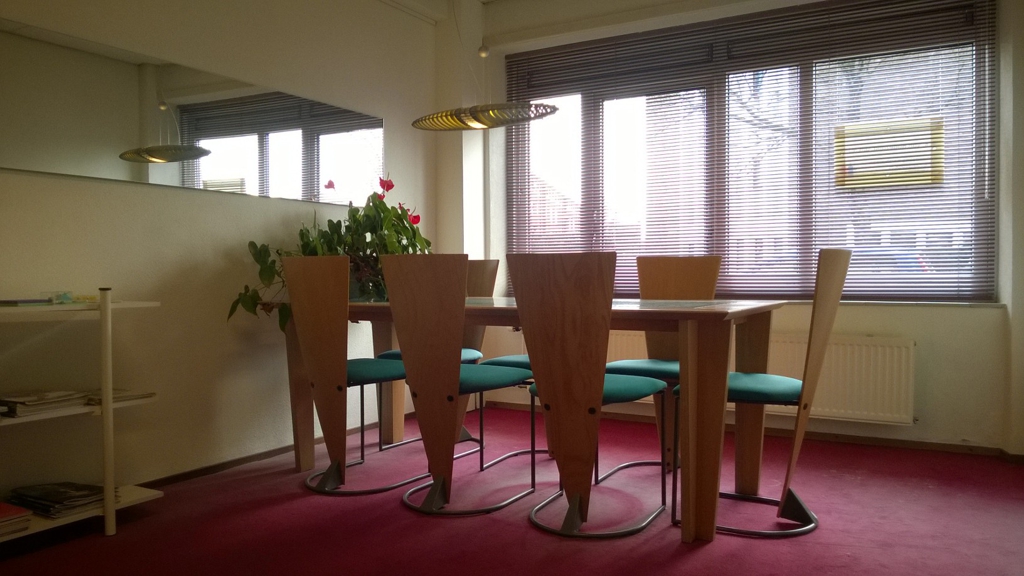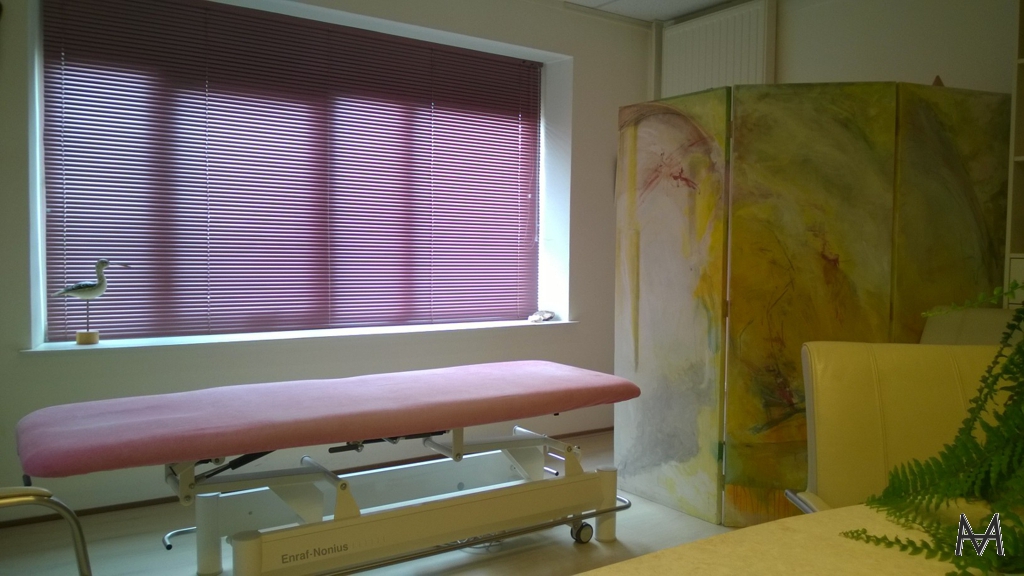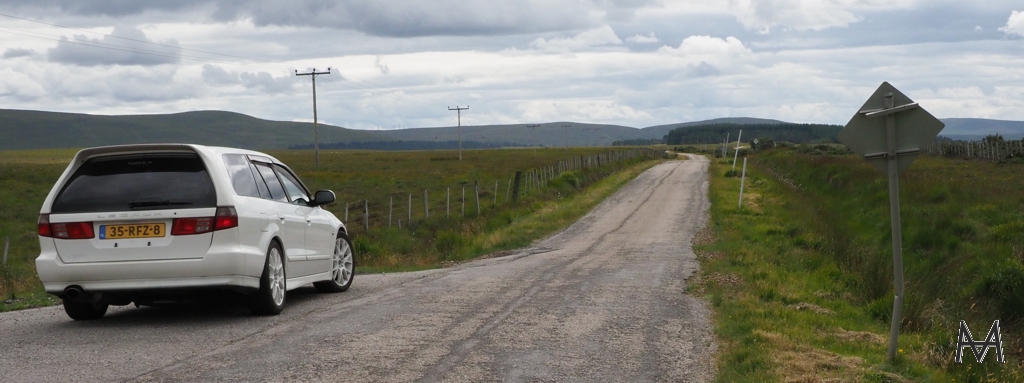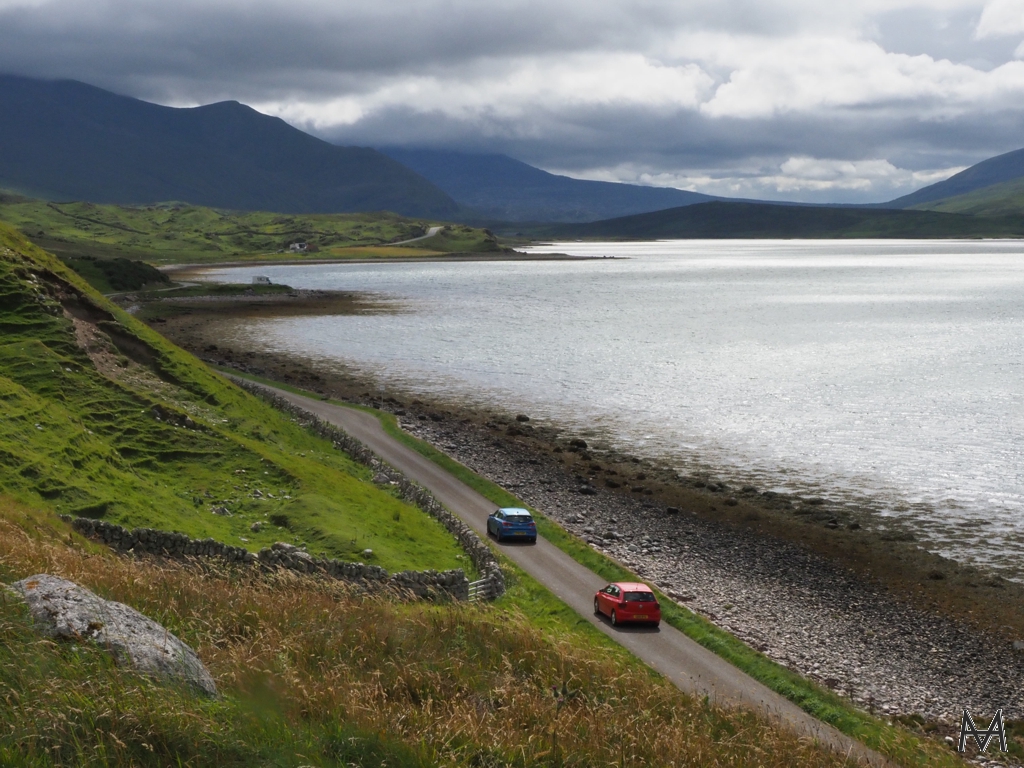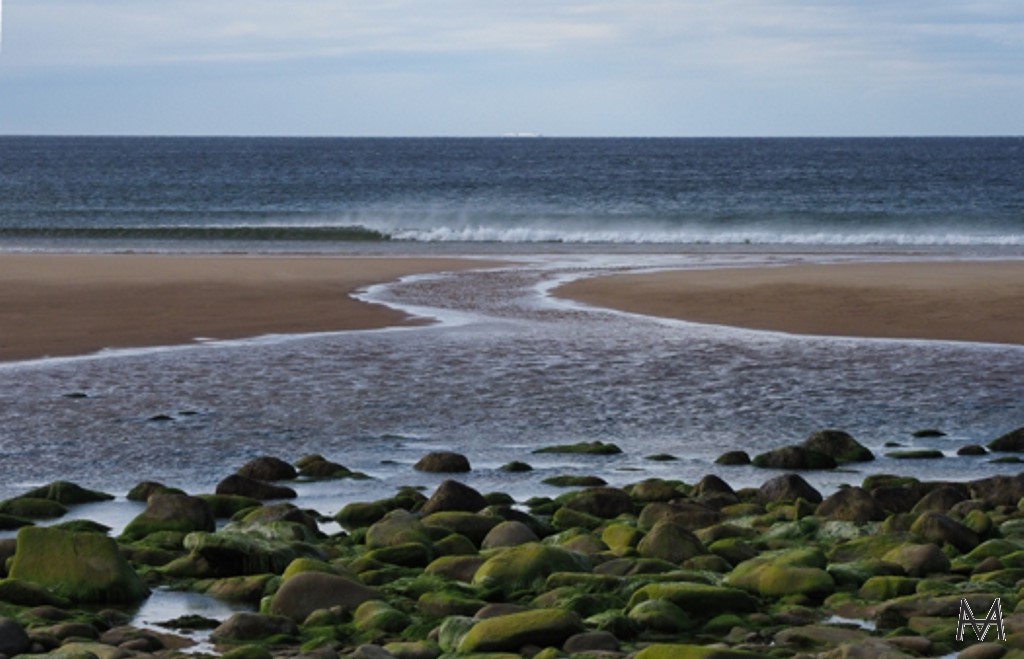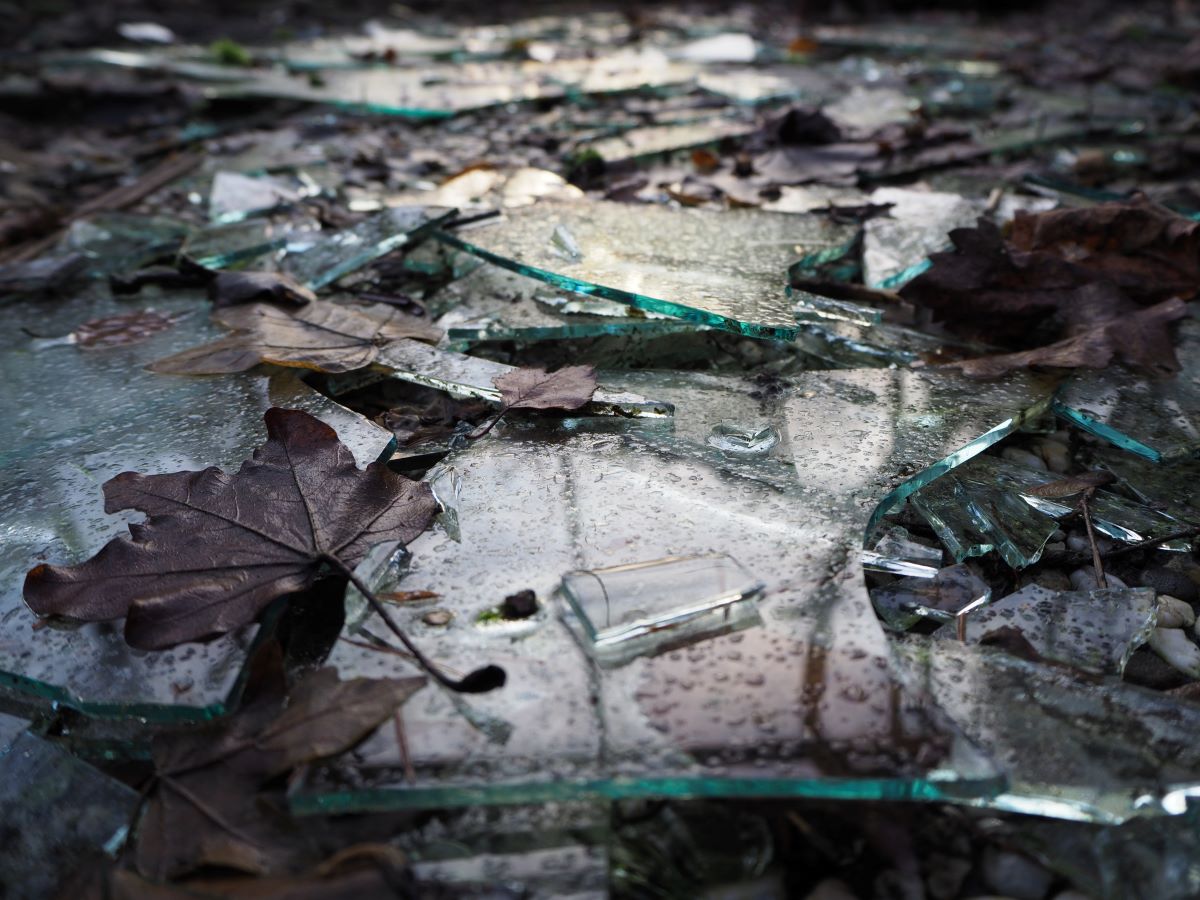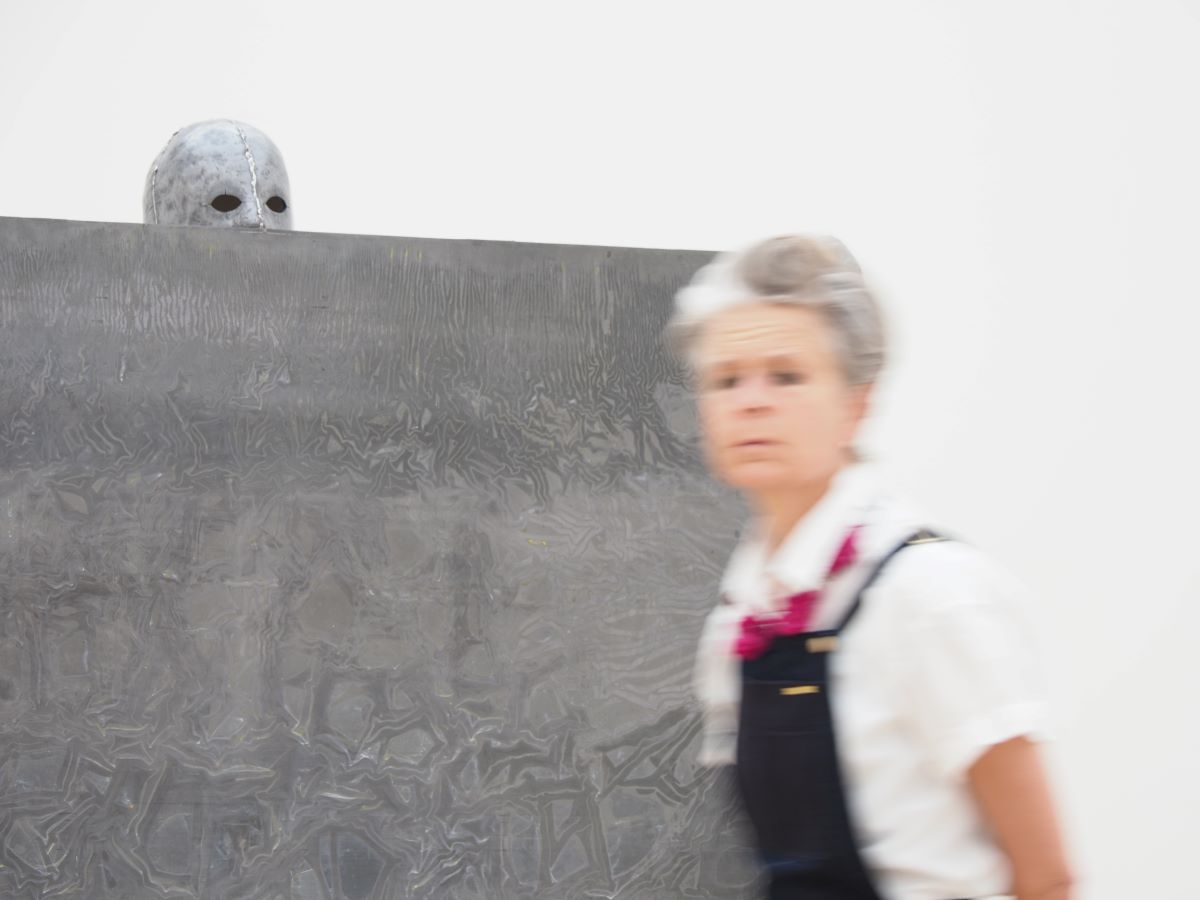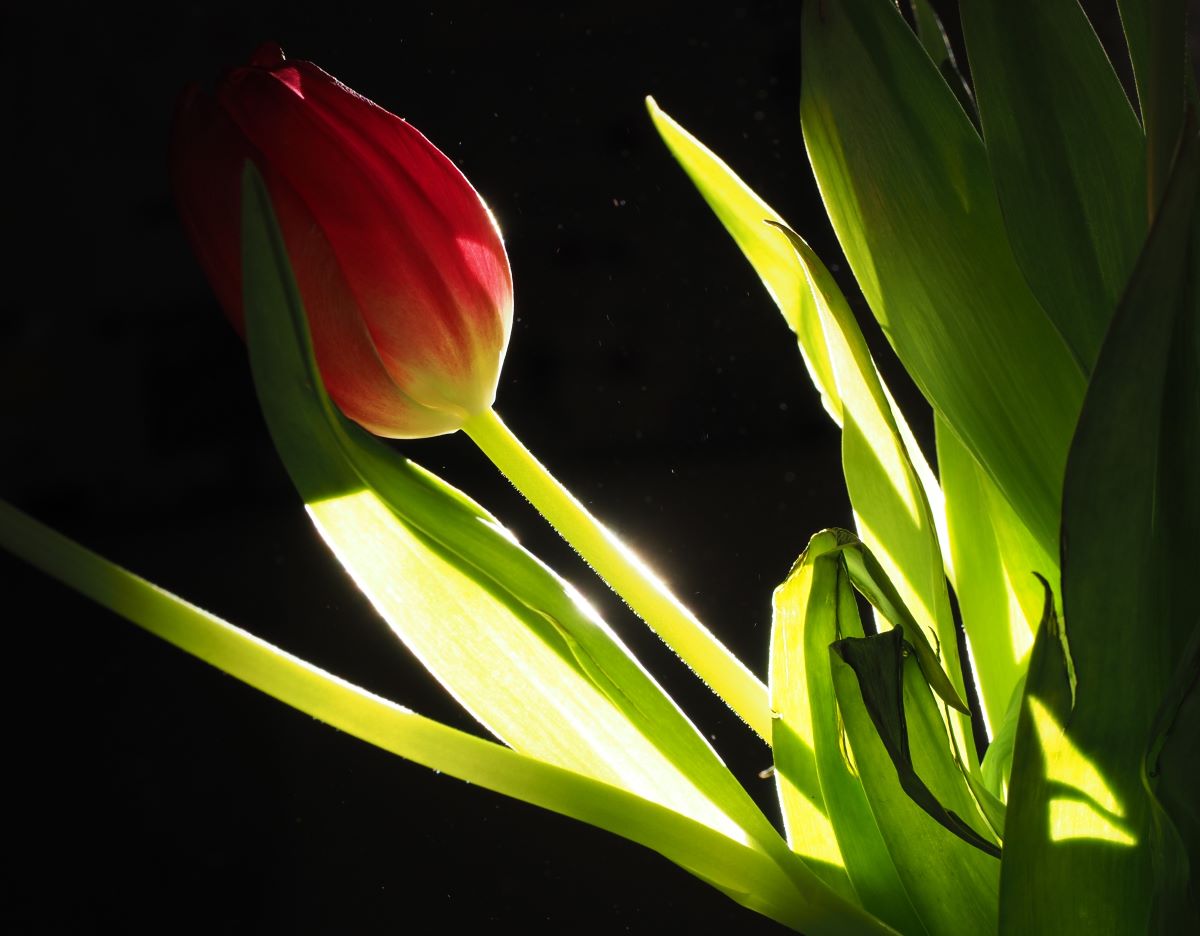Who are we?
Menno van Hogezand, the doctor of the practice
Eleonora van Hogezand, the assistant
I would like to introduce myselfAs a born Groninger I grew up in Haarlem and Arnhem in the Netherlands. I returned to Groningen for my medical training. In the first doctor years I held various positions: doctor on an ambulance, in an asylum seekers' center, at a foundation with facilities for people with a mental disability, as a general practitioner (in Hoogezand!). Partly because of the latter experiences, I became interested in complaints of the musculoskeletal system. What followed were several courses to this day in what is now called musculoskeletal medicine. In 1989 I opened my practice at the location of Leeuwenhoekstraat 25 in Groningen. The good accessibility by public transport and the quiet neighborhood within walking distance of the main station appealed to me. The practice space is exactly tailored and I hope to be able to use it for a long time. The fern that I got at the opening is still there and is now famous for her (or is it?) size. I enjoy practicing musculoskeletal medicine with great pleasure. The actual subject, the musculoskeletal system, has many aspects and there are many different views on the development and treatment of complaints. We have developed many standards and guidelines in the Netherlands based on scientific evidence. My experience is also that the exception confirms the rule. And be honest: aren’t we all exceptions? This makes every complaint a puzzle to solve, sometimes simple, often enough complex. In my work, I want to continually search for the source of the complaints to gain insight into the process from source to complaint. During the treatment I try to involve the patient as much as possible by giving information, advice, exercises and assignments where useful. That fits well with my philosophy to give control back to the patient: own responsibility for the complaint and thus gaining independence. My opinion is that this yields the best results for both the short and the long term. In addition to being a therapist, I am also a coach. I also take the call if necessary to make progress. My own developments1- Orthomanipulation More or less by coincidence I rolled into the profession, then called orthomanipulation. I came into contact through a photo club in Groningen, AFV Daguerre (the second oldest photo club in the Netherlands). I saw that a number of people who were treated for back pain with this method were bettered by a miracle. I wanted to know more about that and I got educated. The orthomanipulation states that in a joint 'misalignments' to the left-right symmetry can arise due to accidents, overloading or misuse. These misalignments can be corrected by hand or with the hammer-and-punch technique. Deviations of pelvic girdle and spinal column play an important role in this. It is a complete system of diagnostics and treatment only practiced in the Netherlands. Virtually no new developments take place today. After a number of practical years I found that with this method not everyone was treatable and after a few years I decided to take a new step. 2- Manual medicine Through administrative work I came into contact with manual medicine. I was warned beforehand that this would be a dangerous method. That just stirred my interest and I followed the training. Manual medicine states that 'functional disorders' in the joint can cause movement limitation and complaints. It is an open system, that is to say: takes into account insights and developments in medicine concerning the musculoskeletal system and 'moves' with it. Relatively much has been published about it and it appears that, provided that it is correctly applied, it is not a dangerous method. Through manual medicine I came into contact with various other schools and systems for the treatment of musculoskeletal complaints. 3- More training courses - McKenzie method, nowadays called Mechanical Diagnosis and Therapy. In this method, complaints are classified on the basis of the improvement or deterioration of the complaint on loading and movements. Exercises can be given to the patient on the basis of this classification. - DAM (Three-dimensional arthrokinematic mobilizations): a refinement of the background and treatment of manual therapy/medicine. Unfortunately, this training is no longer given. - Mulligan method: an interesting vision where treatment of postural abnormalities and functional disorders are combined in one system of pain-free treatment. Moreover, very suitable for exercises. - Method to Marsman based on preferential movements and mass mechanics (PMMM). This method brings me improvement in diagnostics and treatment and, above all, an explanation for the development of normal asymmetries in the human body, reducing the number of treatments per patient. - Mindfulness. Wary and not of our culture? No! Exercises in mindfulness are a proven method in depression and stress reduction. I use exercises from this system to create more body awareness of postures and movements and to reduce the (often chronic) complaints through suffering. These exercises can often be combined well with exercises that I already assign. 4- Master of Science in manual/musculoskeletal medicine at the Vrije Universiteit Brussel (Free University Brussels): the ultimate way to understand (complaints of) the musculoskeletal system in a scientific way. Plus (without specific training): - Deepening in posture and influence on complaints. - Deepening in sports principles (also for myself: running marathons in the past). - And also a lot of reading and building the training of doctors who want to learn more about the profession. Musculoskeletal medicineThe summary of all these methods, perspectives and scientific knowledge ultimately forms the musculoskeletal medicine. An almost unspeakable name, with a meaning that looks like muscles (musculus) and skeletal system, but with which the profession is shortcoming. Why this name? The name is not new and is in use for some time in English-speaking countries. By 'translating' it into Dutch (musculoskeletale geneeskunde) we indicate the relationship with the international field. Musculoskeletal medicine is a broad way of looking at complaints of the musculoskeletal system and goes even further than the aforementioned courses. A brief explanation. Nowadays the problem is that more than 2 million (out of 17) Dutch people suffer from back or neck problems. Many people also have complaints on the shoulders, hips or further on the arms or legs. What is striking here? - In the majority of these people no medical damage can be found to the musculoskeletal system (so called non-specific complaints). - In an important group other than physical causes play a role in getting and maintaining the complaints: demands that the environment places on the person (private, work), demands that the person makes to himself (behavior, sport, character traits), learning processes from the past (posture, manner and degree of movement). My conclusion is that, in addition to looking for physical causes of the complaint, the person's overall picture must also be examined to understand why this person still has this complaint. Recent scientific research underpins this vision. It also provides additional resources for treatment. The consequence of this broad vision is that treatment is usually based on more pillars: I combine traditional (ortho) manual treatment with advice, exercises, and conversations. The mix will vary per person depending on the underlying problem. You can download my curriculum vitae curriculum vitae. |
|
|
What else am I doing ... In addition to the work in practice, I am involved in teaching musculoskeletal medicine to doctors. I design course days, I am a teacher/instructor and coordinate. Occasionally I am asked to speak at a symposium/congress or a chat for doctors groups or other interested parties. In recent years I have been working on a new theory about musculoskeletal medicine. The aim is to explain this in a series of small booklets. Leisure spending? In the limited free time I tinker with 8G Galant's (Japanese car), I photograph and pay attention to the garden in all its facets (e.g. https://www.artsenauto.nl/uitlaatklep-arts-over-boomklimmen/). I have many more activities and interests, but at a certain point you have to choose ... |



